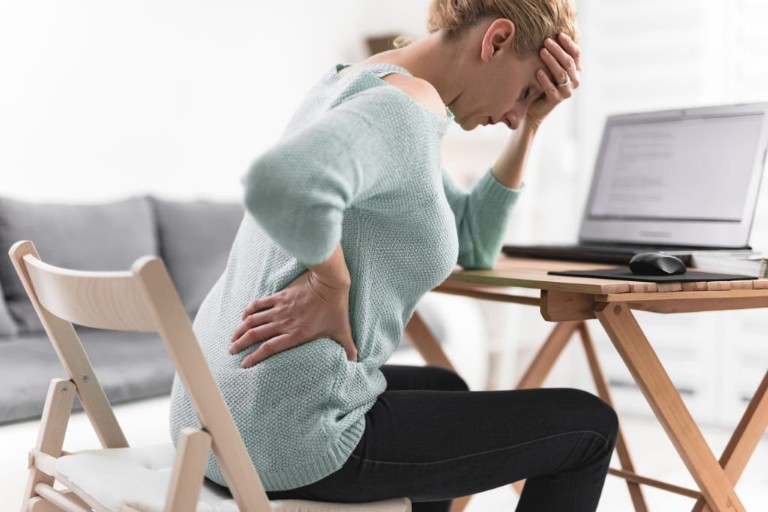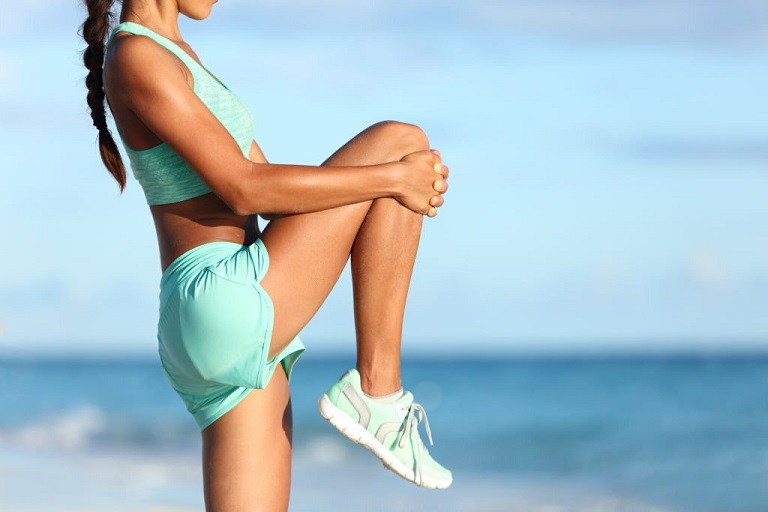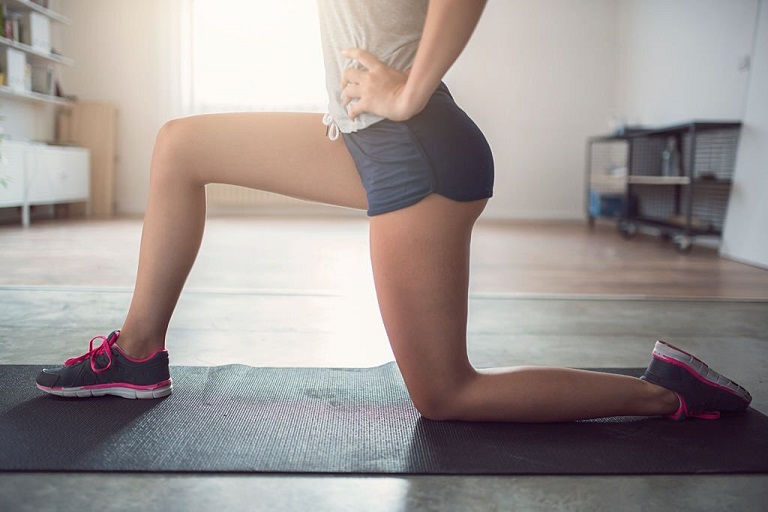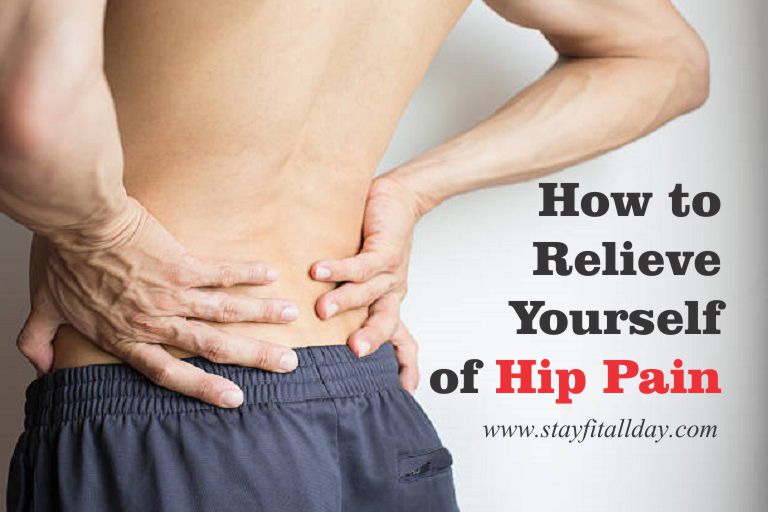Nowadays, most of us spend a significant portion of our day sitting, be it at work, during commute, or at home. Unfortunately, this sedentary lifestyle can take a toll on our bodies, especially on the hip flexors. Tight hip flexors are a common issue among individuals who spend extended periods sitting. These muscles, responsible for bending the hips, can become stiff and shortened, leading to discomfort and potential mobility problems.
Let us learn some practical tips and exercises to help alleviate tight hip flexors and maintain a healthier sitting posture.
Understanding Hip Flexors and Their Impact
The hip flexors are a group of muscles located at the front of the hip joint, including the psoas major, iliacus, and rectus femoris. Their primary function is to flex the hip joint, allowing us to lift our legs when walking, running, or climbing stairs. However, prolonged sitting with poor posture can cause these muscles to become tight and shortened.
Tight hip flexors can result in various issues, such as lower back pain, reduced range of motion in the hips, and altered pelvic alignment. If you notice signs of tight hip flexors or hip flexor injury Furthermore, tight hip flexors can affect the mechanics of other adjacent muscles, leading to a chain reaction of discomfort and potential injuries.
Tips for Sitting with Tight Hip Flexors
1. Mindful Posture Awareness
The first step in addressing tight hip flexors is to develop awareness of your sitting posture. Ensure that both feet are flat on the floor, with your knees at a 90-degree angle or slightly below. Keep your spine straight and avoid slouching or arching your back excessively. Regularly remind yourself to maintain this posture throughout the day.
2. Take Breaks and Move Regularly
Sitting for prolonged periods without breaks can exacerbate tight hip flexors. Set a timer or use reminder apps to prompt you to stand up and move around every 30 minutes. During these breaks, perform simple stretches or short walks to relieve tension in the hips and promote blood circulation.
3. Adjust Your Chair
Having an ergonomic chair that supports proper sitting posture is essential. Look for a chair that allows you to adjust the height, tilt, and lumbar support. A slightly reclined position can help take some pressure off the hip flexors.
4. Use Cushions for Support
If your chair lacks proper lumbar support or the seat is too hard, consider using a small cushion or lumbar roll to maintain the natural curve of your lower back. This additional support can alleviate pressure on the hip flexors.
5. Practice Hip Flexor Stretches
Incorporate regular hip flexor stretches into your daily routine to counteract the effects of prolonged sitting. Here are some effective stretches for tight hip flexors:
a. Kneeling Hip Flexor Stretch: Kneel on one knee with the other leg bent at a 90-degree angle in front. Gently push your hips forward while keeping your back straight. You should feel a stretch in the front of the hip of the kneeling leg. Hold for 30 seconds on each side.
b. Pigeon Pose: Sit on the floor with one leg extended straight behind you and the other leg bent in front of you, foot pointing away from your body. Lean forward over the bent leg, keeping your back straight. You should feel a deep stretch in the hip of the extended leg. Hold for 30 seconds on each side.
c. Butterfly Stretch: Sit on the floor with your feet together and your knees bent out to the sides. Hold your feet with your hands and gently press your knees toward the floor. You should feel a stretch in the hips and groin area. Hold for 30 seconds.
6. Strengthen Your Core and Glutes
Strong core and glute muscles play a significant role in supporting proper hip alignment and relieving pressure on the hip flexors. Incorporate exercises like planks, bridges, and leg raises into your fitness routine.
Conclusion
Tight hip flexors are a common issue for individuals with a sedentary lifestyle. However, with regular awareness, breaks, and targeted stretches, you can alleviate the tension and discomfort associated with this condition.
Remember, maintaining proper posture and incorporating hip flexor stretches into your daily routine are crucial steps towards a healthier, more comfortable sitting experience. By taking care of your hip flexors, you are not only preventing potential problems but also promoting overall well-being and mobility in the long run.
If you are experiencing hip flexor pain and seek resourceful ways to loosen tight hip flexors and relieve yourself of hip flexor pain, you need to learn how to Unlock Your Hip Flexors.






